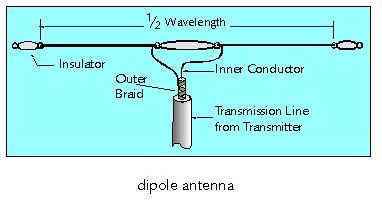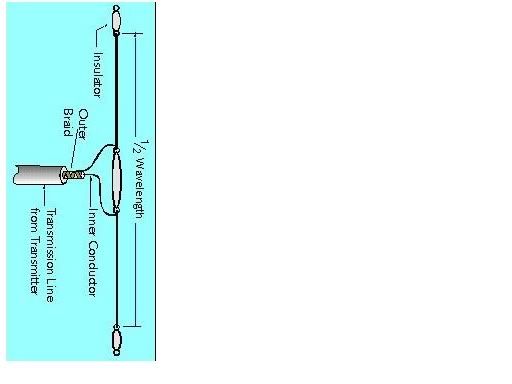I'm wanting to try my hand at building a dipole to work on a 40 channel CB radio. I did a google search of this and have gotten some conflicting info in referencing the length of wire, how to build it, etc.
I've read I can build one from speaker wire. I have some old speaker wire sitting around. I also have a 6 foot piece of RG8X with an amphenol connector on it. Perhaps I can add the speaker wire I have sitting around on to this...?
I've read the dipole needs to be 17 feet long, I was thinking they were supposed to be 18 feet long...?
Not to mention is that 18 feet across? Or is that 18 feet total per side, from edge of dipole to where it meets in the middle to form the tee?
I also am confused on when the dipole is spread out in the "T" pattern...if one side Of the T will be the hot side and the other side is the ground side?
Some illustrations of a "building a dipole for dummies" would be a real help.
Thanks in advance.
I've read I can build one from speaker wire. I have some old speaker wire sitting around. I also have a 6 foot piece of RG8X with an amphenol connector on it. Perhaps I can add the speaker wire I have sitting around on to this...?
I've read the dipole needs to be 17 feet long, I was thinking they were supposed to be 18 feet long...?
Not to mention is that 18 feet across? Or is that 18 feet total per side, from edge of dipole to where it meets in the middle to form the tee?
I also am confused on when the dipole is spread out in the "T" pattern...if one side Of the T will be the hot side and the other side is the ground side?
Some illustrations of a "building a dipole for dummies" would be a real help.
Thanks in advance.


